Disclaimer: This post contains affiliate links. If you click through and make a purchase, I may receive a small commission (at no additional cost to you). This helps support and run my blog. I only recommend products I personally use and love. Thank you for your support.
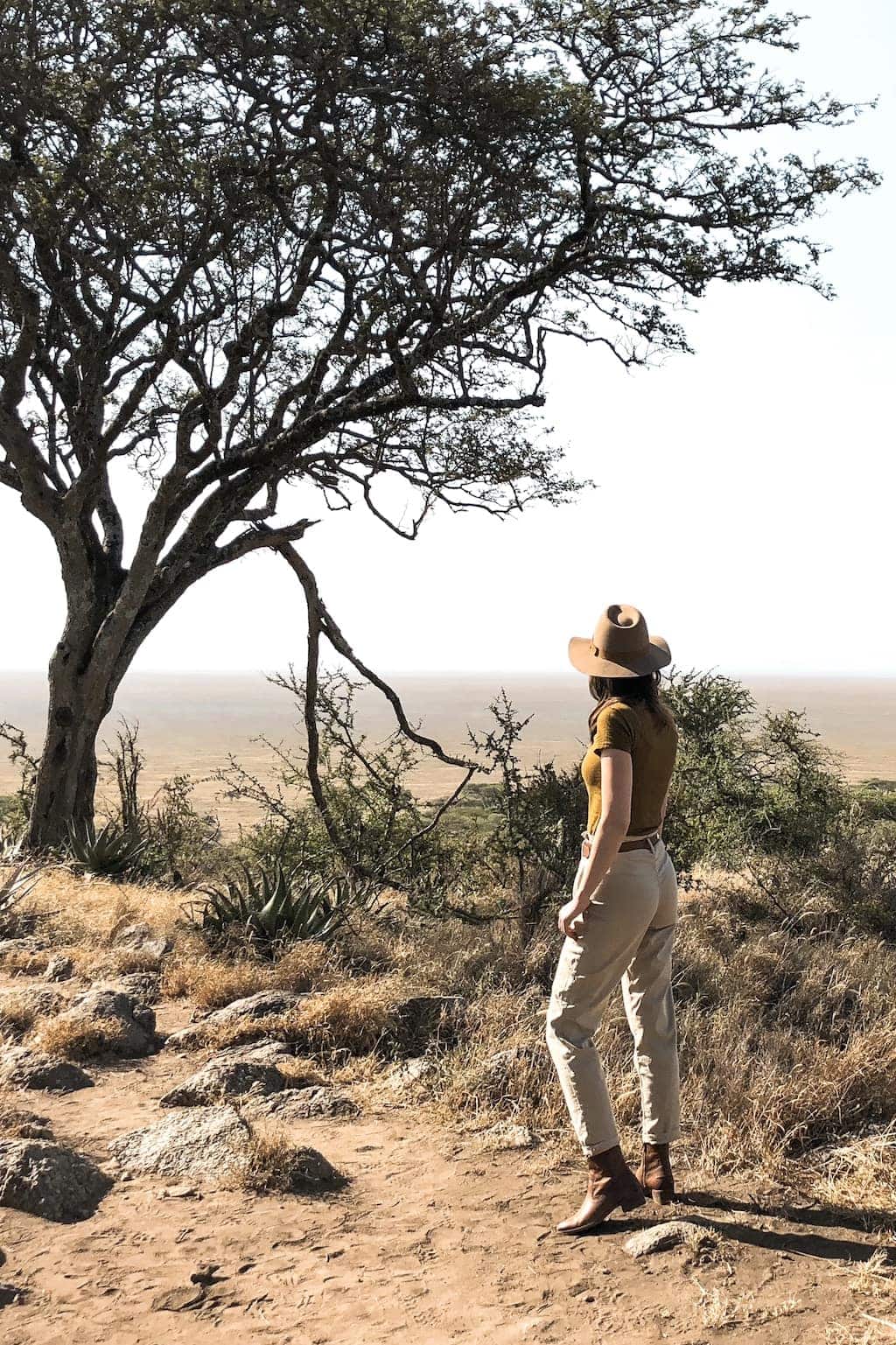
Preparing and packing for a safari can be a somewhat daunting task. If this is your first safari, it’s nearly impossible to know exactly what to bring and it’s easy to become overwhelmed. Getting ready for a safari should be exciting. I compiled the following based on my research and personal experience in hopes that it make preparing and packing for safari less of a struggle. Continue reading for safari packing tips, what to wear on safari, the best safari camera, and more.
Preparing for Safari
I suggest you start preparing for your safari as soon as possible. There are vaccines that require two or even three doses that will need to be spaced apart. If needed, these should be started right away so that you are fully protected on your safari.
Get Necessary Vaccines
Before your departure, it is a good idea to make sure you are up to date on all your basic vaccines. These include Measles, Mumps, Rubella, Hepatitis A and B, and Tetanus. There are also vaccines that are recommended and may even be required depending on where you are traveling to and from. These are Yellow Fever, Typhoid, and Meningitis.
Yellow Fever is a mosquito-borne illness. The vaccine is recommended when traveling to many African countries and required when traveling from a country with a high risk of Yellow Fever transmission. Meningitis is a bacterial or viral infection of the fluid surrounding the brain and spinal cord that usually results in swelling. The Meningitis vaccine may be required if traveling to Kenya, Ethiopia, or any other country located in the Meningitis belt. Typhoid is a bacterial infection that can be transmitted through contaminated food and water. Most travel doctors will strongly recommend the Typhoid vaccine.
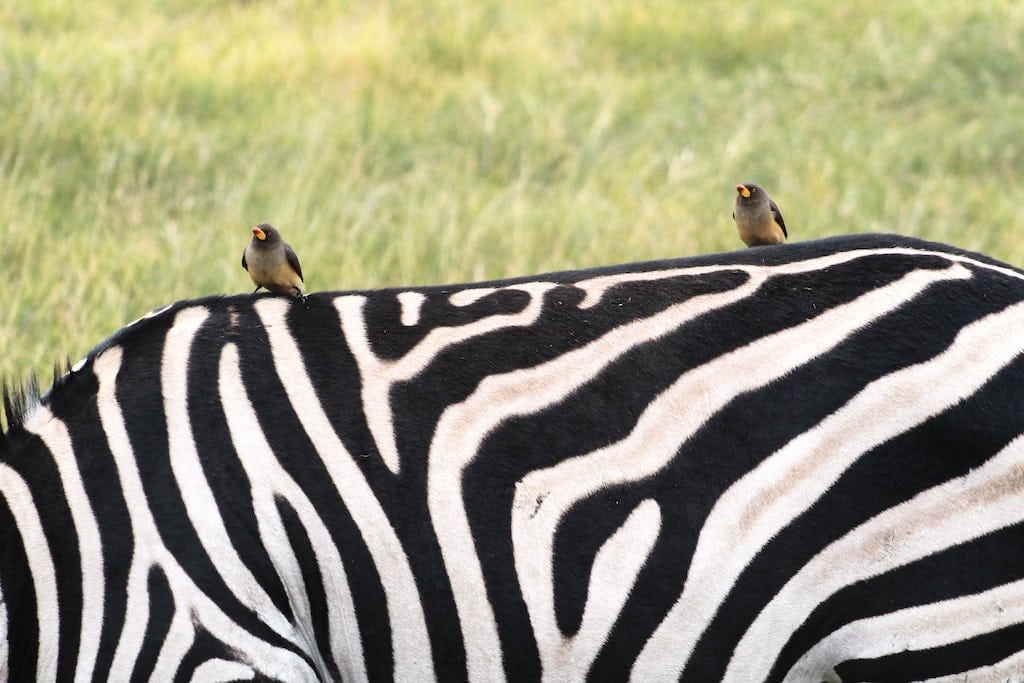
Obtain an Antimalarial Prescription
Most travel doctors will recommend antimalarials. Antimalarials are used for the prevention and treatment of malaria infection. Malaria is another mosquito-borne illness. Mosquitos can be present anywhere, but are more prevalent in hot and humid areas, especially where there is water. You should consider taking antimalarials when traveling to any area where there is a high risk of infection.
There are a handful of different antimalarials. Some are taken daily and others weekly. All will be started prior to departure and continued after your return. The length of time will depend on which medication is prescribed. Keep in mind that antimalarials can present side effects. I suggest bringing anti-nausea medication to alleviate any nausea caused by the medication. Hopefully, your body will adjust to the medication in the days prior to travel and you will experience few side effects on your trip.
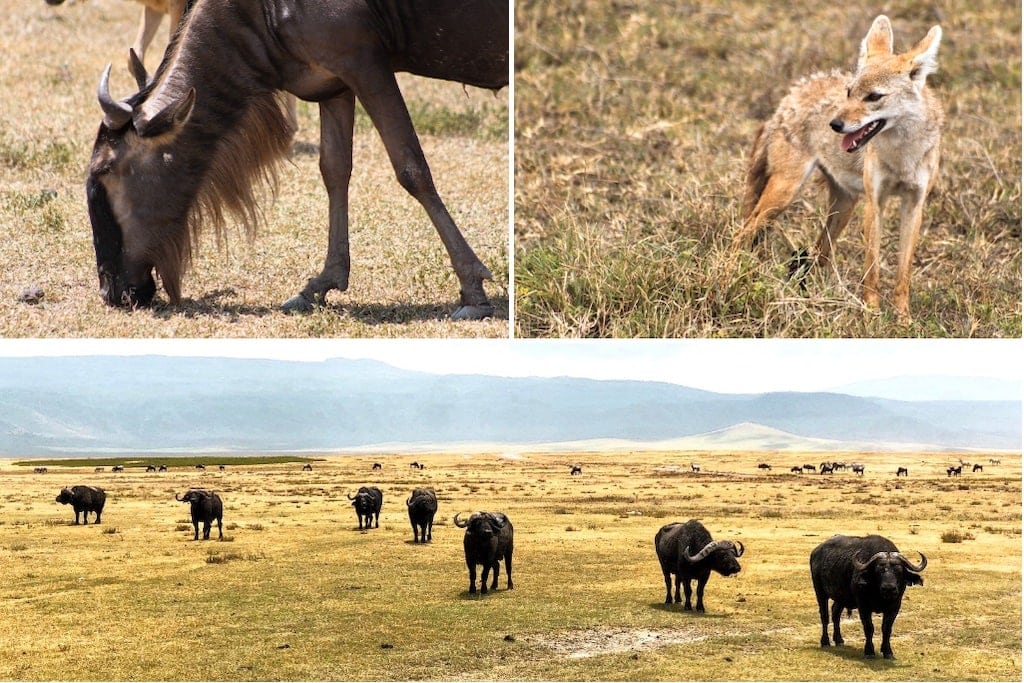
Packing for Safari
There are a few things to take into account when packing for safari. One of those is luggage weight. Depending on the type of safari and transport, there may be a strict luggage allowance. Small bush planes that provide transport from park to park will most likely have restrictions in place. Generally, the weight limit will be 15 kg (33 lbs) inclusive of hand baggage. You will want to confirm weight limits with your safari operator in advance. If you are traveling by vehicle to your safari destination then these restrictions likely won’t be an issue.
There are restrictions placed on the type of luggage as well. Usually, hard cases are prohibited and you will need to travel with a duffel bag or soft-sided bag. Complying with luggage requirements may be difficult if your safari is part of a longer trip. I suggest packing a small duffel in your luggage that you can transfer the necessities to for the safari. The remaining luggage can most likely be stored at your last hotel or at the safari office.
Don’t overpack and try to choose lightweight clothing items. Keep in mind that most safari camps offer a daily laundry service. You won’t need as much as you think you do. Plan on bringing three safari outfits and a couple of casual dinner outfits. Keep in mind that some camps will not launder undergarments. Don’t plan on being able to re-wear any of your safari clothing without washing. Safari can be very dusty and you’ll likely be covered in dirt by the end of the day. You’ll want a fresh set of clothes to wear to dinner afterward.
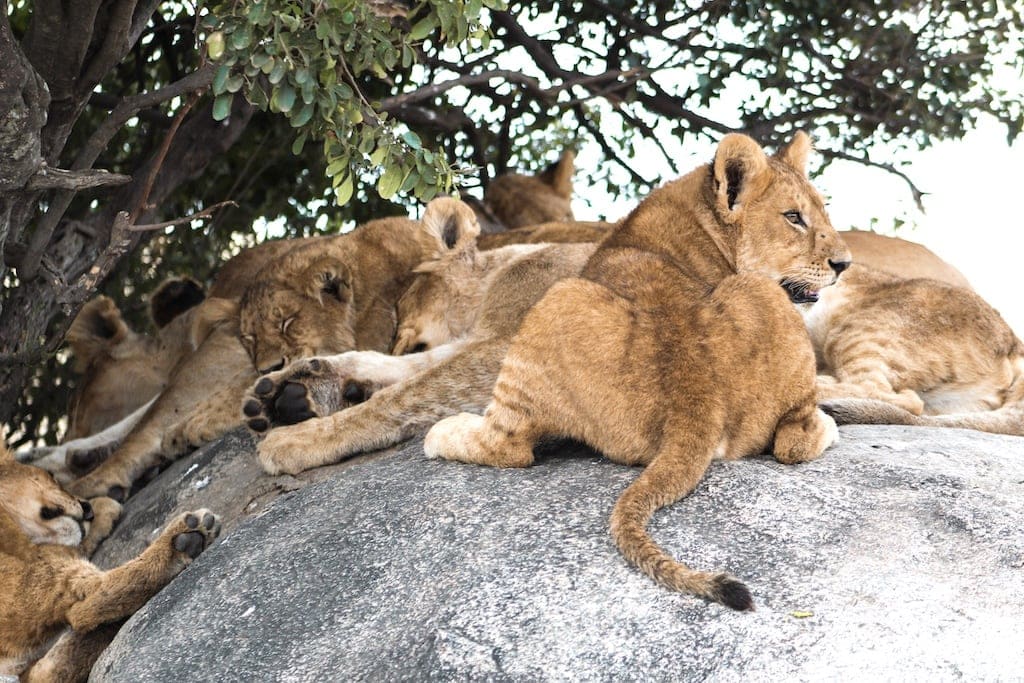
What to Wear on Safari
There are no specific rules regarding what to wear on safari. However, there are guidelines to consider when packing for safari that will help you be more comfortable.
Pack Comfortable Clothes
Pack casual clothing that includes breathable and loose fabrics. You’ll likely spend the majority of the day in a vehicle on game drives so bring items that you’ll be comfortable sitting in for long periods of time. Unless you are going on a walking safari, you likely won’t be out in the bush but I recommend bringing comfortable shoes regardless. You’ll have to exit the vehicle for bathroom breaks and at picnic areas for meals. Sneakers are fine but an ankle boot that covers your foot is better. A boot will keep dirt out and protect your foot from the bush.
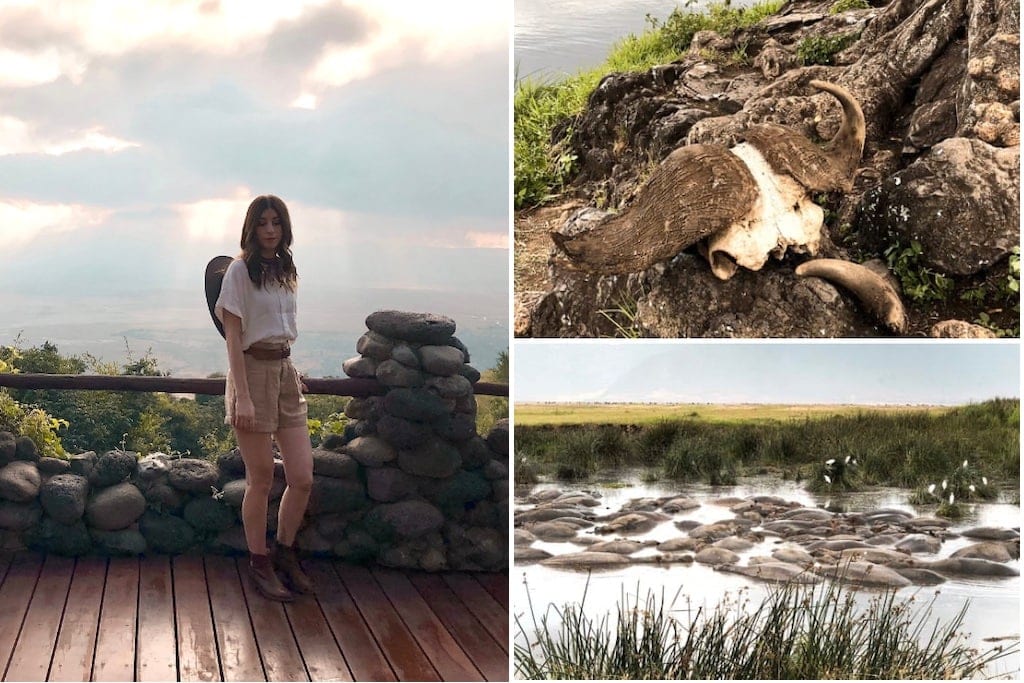
Wear Neutral Colors
Ideally, you want to blend into your surroundings on safari. This is especially true if you are doing a walking safari. Traditional safari colors include brown, tan, khaki, and green. However, don’t pack anything that is camouflage print. It is illegal to wear in many African countries.
A color you will definitely want to avoid is red. Brightly colored clothing will draw attention to you. Black and blues should also be avoided. These colors attract the Tsetse fly and will be hot under the sun. I also suggest avoiding white. There’s nothing particularly wrong with white but it will get dirty quickly.
Dress in Layers
Most game drives leave very early in the morning and don’t return until dusk. Mornings can be chilly and temperatures drop once the sun goes down. You’ll want to bring a jacket or sweater depending on the time of year and possibly a scarf. Long sleeves and pants will also protect you from mosquitos and other insects that are more prevalent in the evenings.
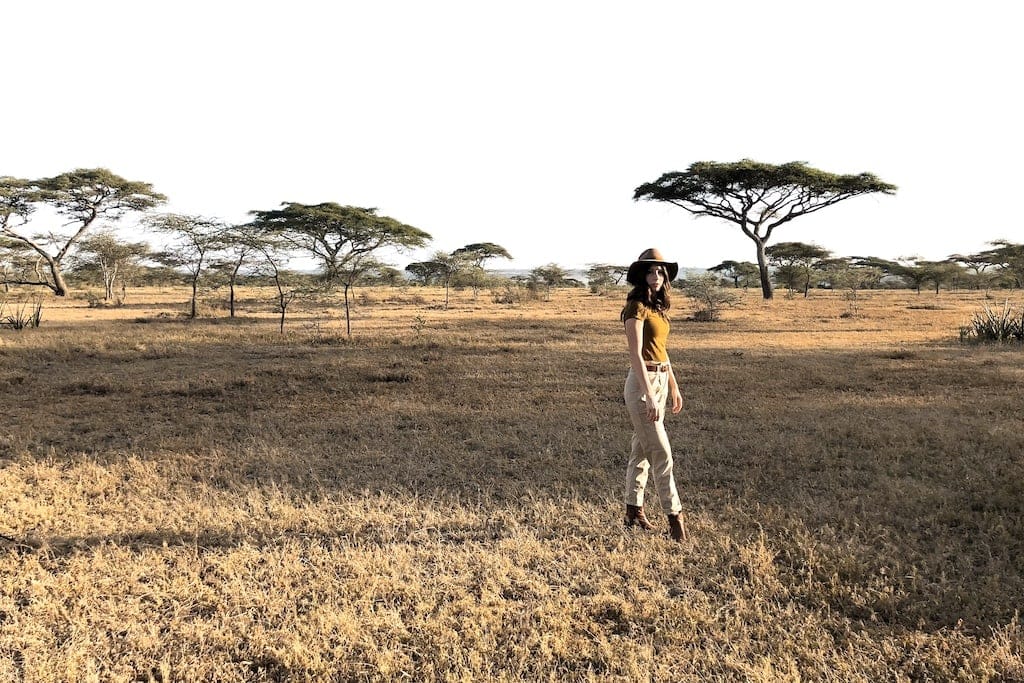
Bring Lightweight Clothing
There are a few reasons for bringing lightweight clothing. The obvious is the weight restriction on luggage. Another reason is lightweight items dry quickly. Many of the camps offer laundry. However, items will be line-dried and you will likely need your laundered items the following day. Denim and other heavy fabrics can take a long time to dry.
Lightweight items are also more breathable. Depending on the time of year, the weather can be very hot and humid. You may be under the hot sun for hours at a time. Moisture-wicking fabrics are great so you aren’t left feeling sticky all day. Linen pants and breathable cotton tops are ideal.
Additional Clothing Items
There are two other items that are important to include when packing for safari. These are a hat and a bandana. A hat will protect you from the intense sun. It’s important to bring one that is breathable and will wick away moisture. A waterproof hat is a good idea if visiting during the rainy season.
A bandana can be used to cover your nose and mouth and prevent you from inhaling dust. A safari during the dry season can be very dusty. It’s important to protect yourself so you don’t end up with a sore chest or dry throat at the end of the day.

Safari Clothing Packing List
The following list of clothing should be perfect for a 5-day safari:
- 3 Safari shirts
- 3 Safari pants or shorts
- 1 Sweater
- 1 Jacket
- 2 Casual dinner shirts
- 2 Casual dinner pants
- Undergarments/ Socks
- Sneakers/ boots
- Hat
- Bandana
- Swimsuit
- Scarf
- Sunglasses
Safari Photography Equipment
There are a lot of options as far as cameras go, but the one thing you will definitely want when packing for safari is a camera with a good zoom lens. I suggest a DSLR with a lens of at least 200 mm or a bridge camera with a superzoom. Both have their pros and cons. A DSLR is going to have a higher-quality picture; however, having to change lenses isn’t always ideal. Wildlife is unpredictable and you may not always be able to change lenses quickly enough.
I brought my Canon EOS Rebel T8 and two lenses, an 18-55 mm and a 75-300 mm. I found that the 75-300 mm was just long enough. There were times that a 400 mm would have been great though. For the most part, the Canon served its purpose and I got some great shots.
A mirrorless camera is a good alternative to a DSLR. Panasonic’s Lumix DMC-FZ2500 is a great choice. It has a superzoom with a lens range equivalent to that of 25-600 mm on a DSLR. The Lumix requires minimal effort and little photography knowledge.
If you aren’t ready to invest in a camera or don’t think you’ll continue to use the camera after the safari, then renting a camera may be a good option. There are a handful of online camera stores that offer rentals but I suggest Borrow Lenses. No matter your camera choice, don’t forget to bring extra memory cards, an additional battery, and microfiber cleaning cloths. You may also want to bring a small travel tripod, especially if traveling solo.
Safari Essentials
When packing for safari, the following are some small but very important items that often get overlooked and/or forgotten.
- Portable electronics charger
- Plug adapters
- Binoculars
- Small flashlight
- Outlet converter
- PackTowel
- Imodium
- Camping TP
- Mosquito Repellent
- Detergent packets
- Hydrocortisone cream for bug bites
- Anti-bacterial wipes
- Large Ziploc bags for dirty/wet clothes
- Sunscreen
- First Aid / Band-Aids
- Advil
Have you been on a safari? Is there anything that I missed that you would suggest packing for safari? If you’ve enjoyed this post, please leave a comment or share using the social media buttons below. Want to learn more about the safari experience? Continue to my post, “What to Expect on Safari in Tanzania“.
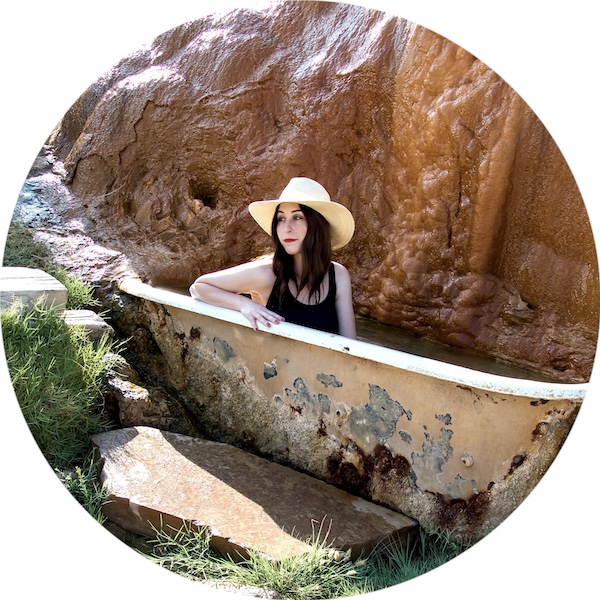
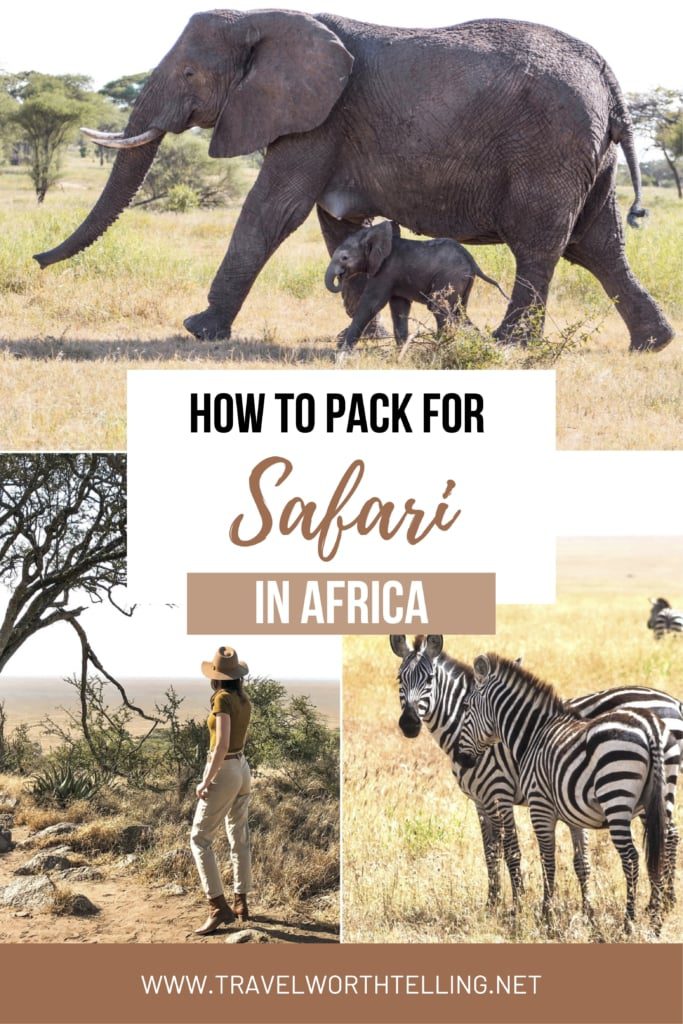
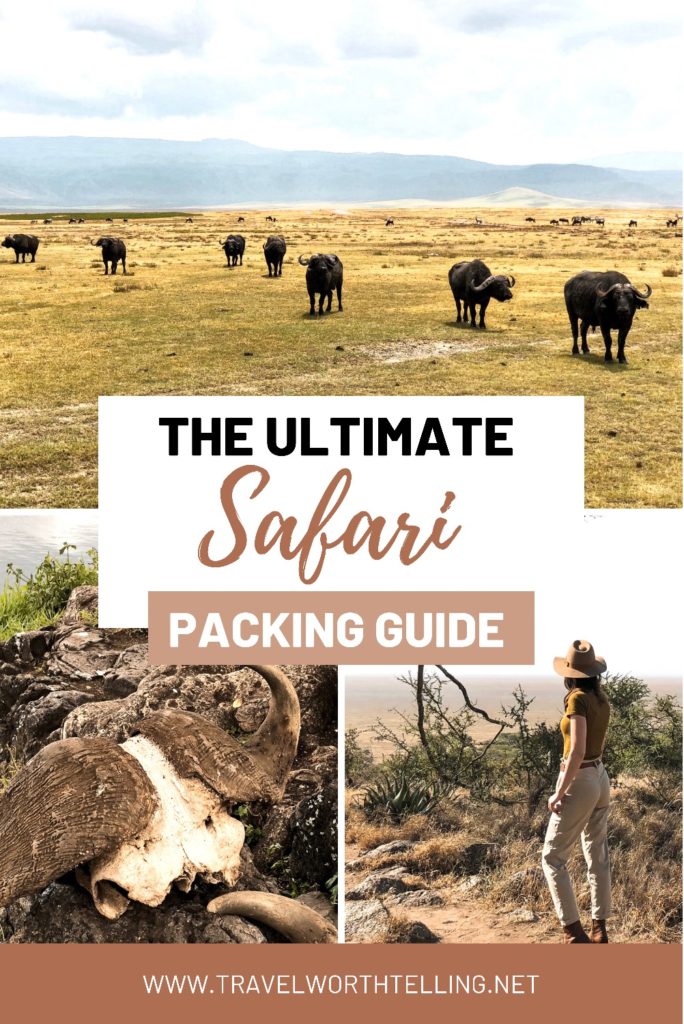
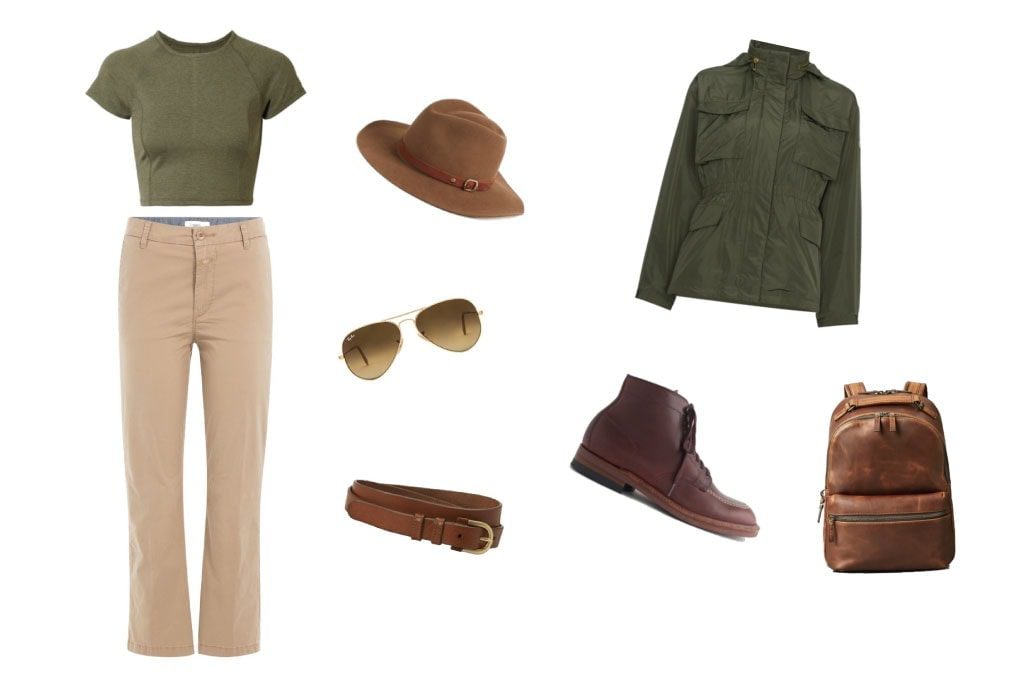

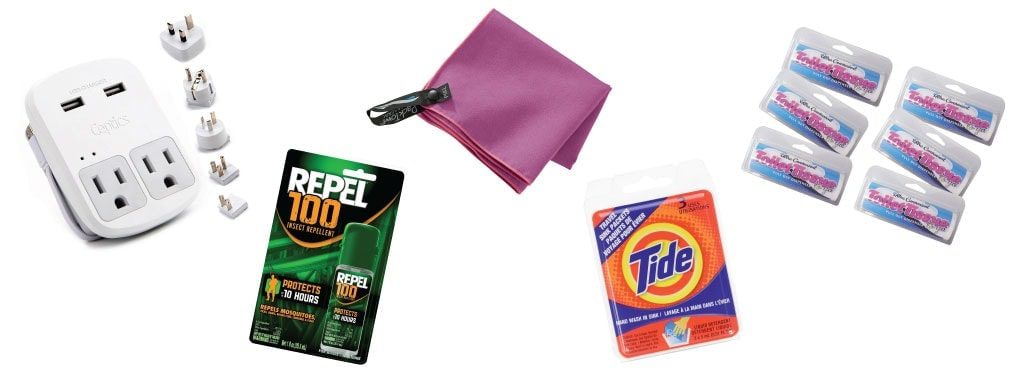


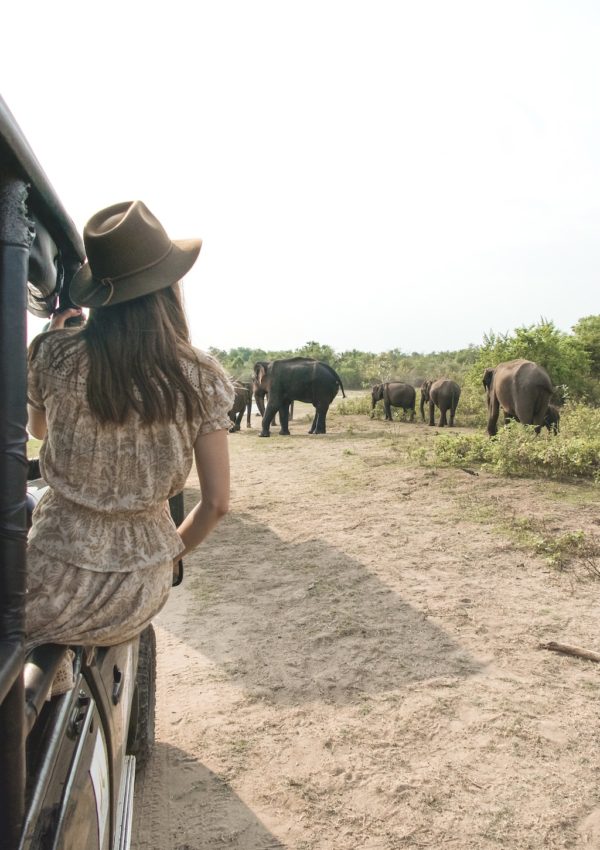
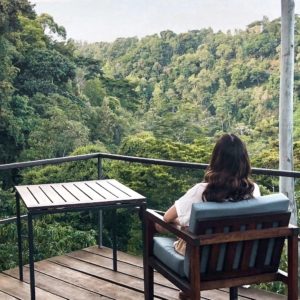


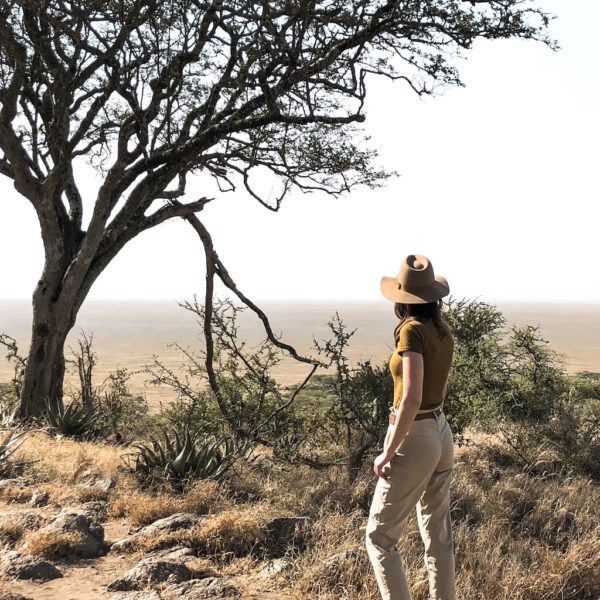
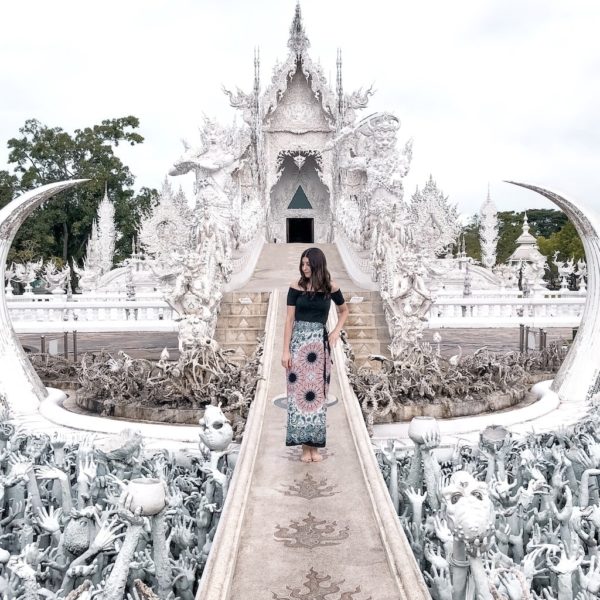
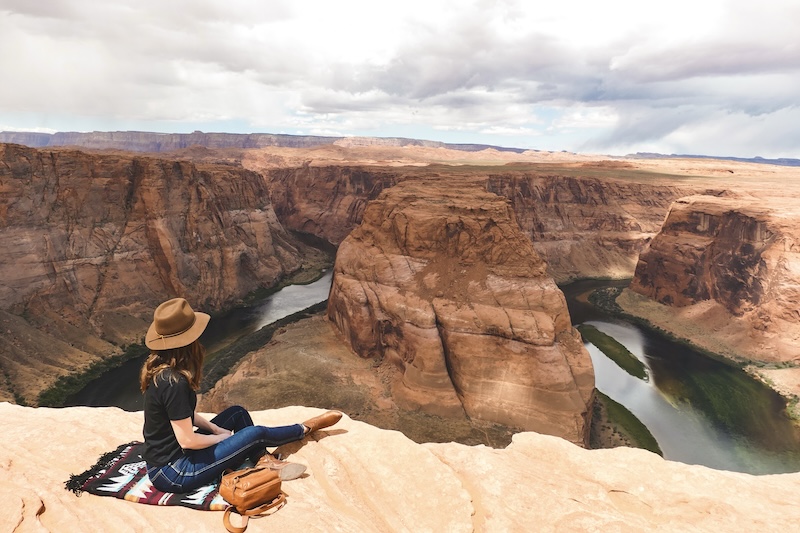


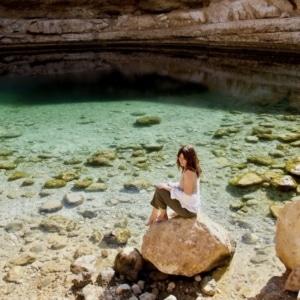

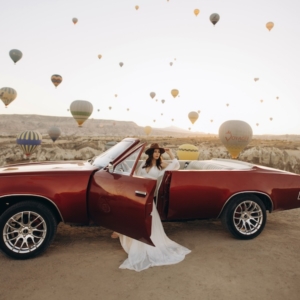

Meghan I have always wanted to go on a safari! I love this post, its super helpful and the photos are just making me want to go even more!!
So glad to hear it was helpful. Safari is amazing…definitely go if you have the opportunity!
Where did your friend rent her camera? I love that idea, rather than spending $700+ for a camera that, sadly, I know I won’t use much at home.
Hi! Samy’s Camera does rentals and I think there are a handful of other options online if they don’t have what you are looking for :)
I just returned from safari and your suggestions are spot-on. The only thing I’d add is a small but powerful pair of binoculars. Everyonebin our group used them almost hourly out on the game drives.
Definitely! I think I had linked a pair at one point and forgot to update when the link went bad. Thanks!
I have been on safari and this is the most concise list I have seen. Thank you!
Welcome! Glad it’s helpful
Amazing advice ❤️❤️
Happy to hear it was helpful:)
I am going on safari on June 14th of this year (until July 2nd) in Uganda for mountain gorilla trekking and Tanzania for a 2 week safari.
Thank you so much for this list!! I printed it out on the clothes and other essentials.
Jennifer Park
jplloves10dogs@gmail.com
I’m so glad to hear it was helpful.